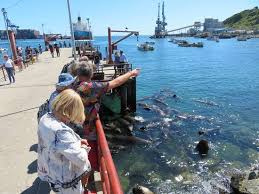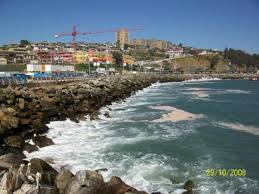How does the community engage in environmental conservation?

How does the community engage in environmental conservation?
How does the community engage in environmental conservation? Environmental conservation is a collective effort, and communities play a vital role in preserving natural resources and promoting sustainable practices.
In many areas, including San Antonio, residents actively participate in various initiatives to protect the environment.
Grassroots Organizations Leading the Charge
Local grassroots organizations often spearhead conservation efforts by mobilizing community members. These groups focus on specific environmental issues, such as wildlife preservation, water conservation, and habitat restoration.
Through education and advocacy, these organizations raise awareness about local environmental challenges. They engage residents in meaningful activities, helping to foster a culture of sustainability within the community.

Community Clean-Up Events
One of the most effective ways communities engage in environmental conservation is through organized clean-up events. Residents come together to clean up parks, rivers, and other public spaces.
These events not only beautify the environment but also raise awareness about littering and pollution. Community members of all ages participate, creating a sense of pride and ownership in their surroundings.
Educational Workshops and Programs
Education plays a crucial role in environmental conservation. Many communities host workshops and programs that teach residents about sustainable practices, such as composting, recycling, and water conservation.
These educational initiatives empower individuals to make informed decisions that positively impact the environment. By equipping community members with knowledge, they can implement eco-friendly practices in their daily lives.
School Involvement and Youth Programs
Engaging the youth is essential for long-term environmental conservation. Schools often participate in programs that promote environmental awareness, such as recycling campaigns and tree-planting events.
By involving students in hands-on activities, they develop a connection to nature and learn the importance of preserving it. These experiences can inspire the next generation of environmental stewards.
Community Gardens and Urban Farming
Community gardens are a fantastic way to promote sustainability and healthy living. These shared spaces encourage residents to grow their own food, reducing reliance on commercial agriculture.
Urban farming initiatives also educate communities about sustainable practices. Participants learn about organic gardening, composting, and the benefits of local food systems. These efforts strengthen community ties while promoting environmental responsibility.
Advocacy for Policy Change
Communities can significantly impact environmental conservation by advocating for policy changes. Residents often come together to support local and state legislation aimed at protecting natural resources.
By participating in public meetings and campaigns, community members can voice their concerns and influence decision-makers. This collective action is crucial for creating long-lasting environmental policies that benefit everyone.
Wildlife Conservation Efforts
Engaging in wildlife conservation is another important aspect of community involvement. Local groups often organize activities focused on protecting native species and their habitats.
These efforts may include habitat restoration projects, wildlife monitoring programs, and educational outreach. By fostering an understanding of local ecosystems, communities can better appreciate the importance of biodiversity.
Sustainable Practices in Local Businesses
Many communities encourage local businesses to adopt sustainable practices. This can include promoting eco-friendly products, reducing waste, and implementing energy-efficient measures.
By supporting businesses that prioritize sustainability, residents can help create a market for environmentally responsible practices. This, in turn, fosters a culture of conservation within the community and beyond.
Collaboration with Government Agencies
Collaboration between communities and government agencies enhances conservation efforts. Local governments often partner with residents to implement initiatives such as tree planting, park clean-ups, and environmental education programs.
These partnerships can lead to greater resource allocation and support for conservation projects. Together, communities and governments can work towards a more sustainable future for everyone.
Use of Technology for Conservation Efforts
In today’s digital age, technology plays a vital role in environmental conservation. Communities leverage social media platforms to raise awareness about environmental issues and organize events.
Mobile apps and websites help residents track their ecological footprint and connect with local conservation groups. By utilizing technology, communities can engage more residents and streamline conservation efforts.
Communities are integral to environmental conservation through education, advocacy, and collective action. By fostering a culture of sustainability and collaboration, they can create lasting positive change for the environment.
From clean-up events to wildlife protection initiatives, the commitment of individuals and organizations makes a significant impact.
Together, communities can safeguard natural resources for future generations while enjoying the benefits of a healthier, greener environment.





Leave a Reply